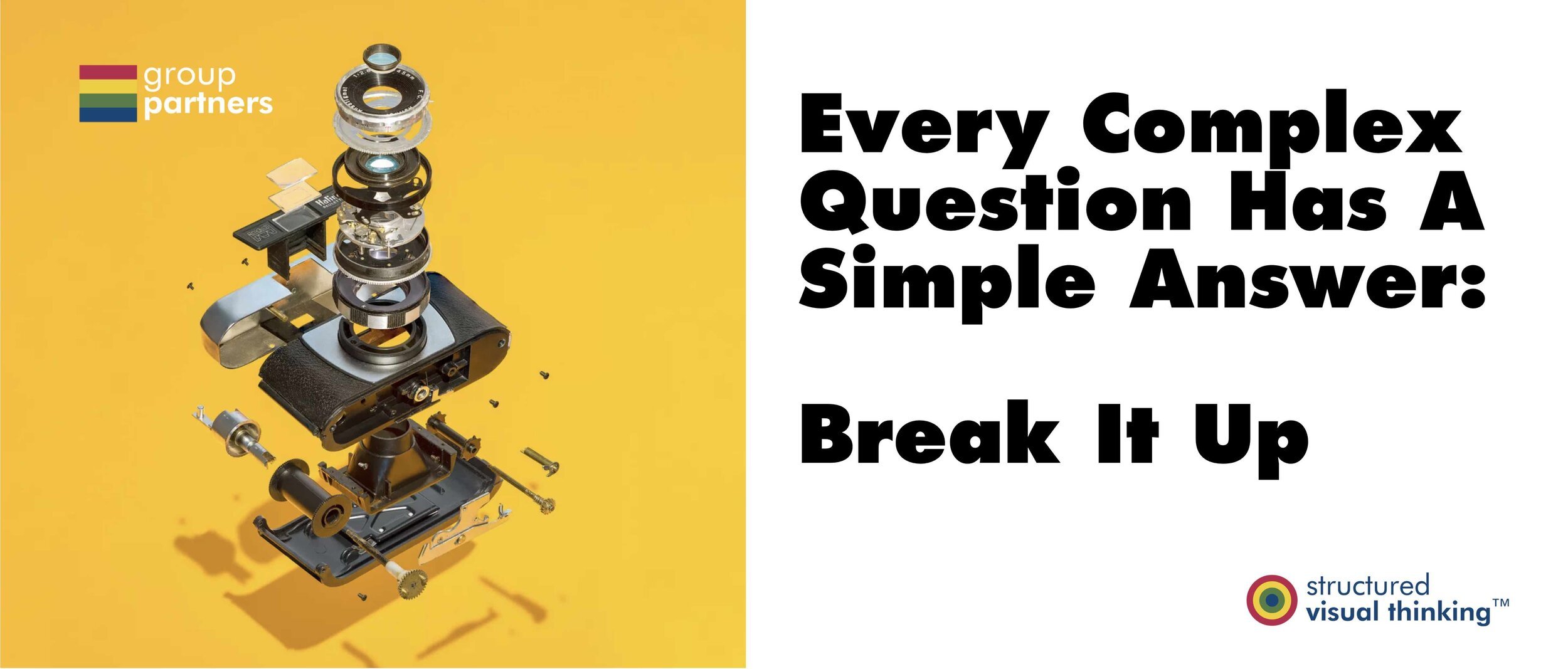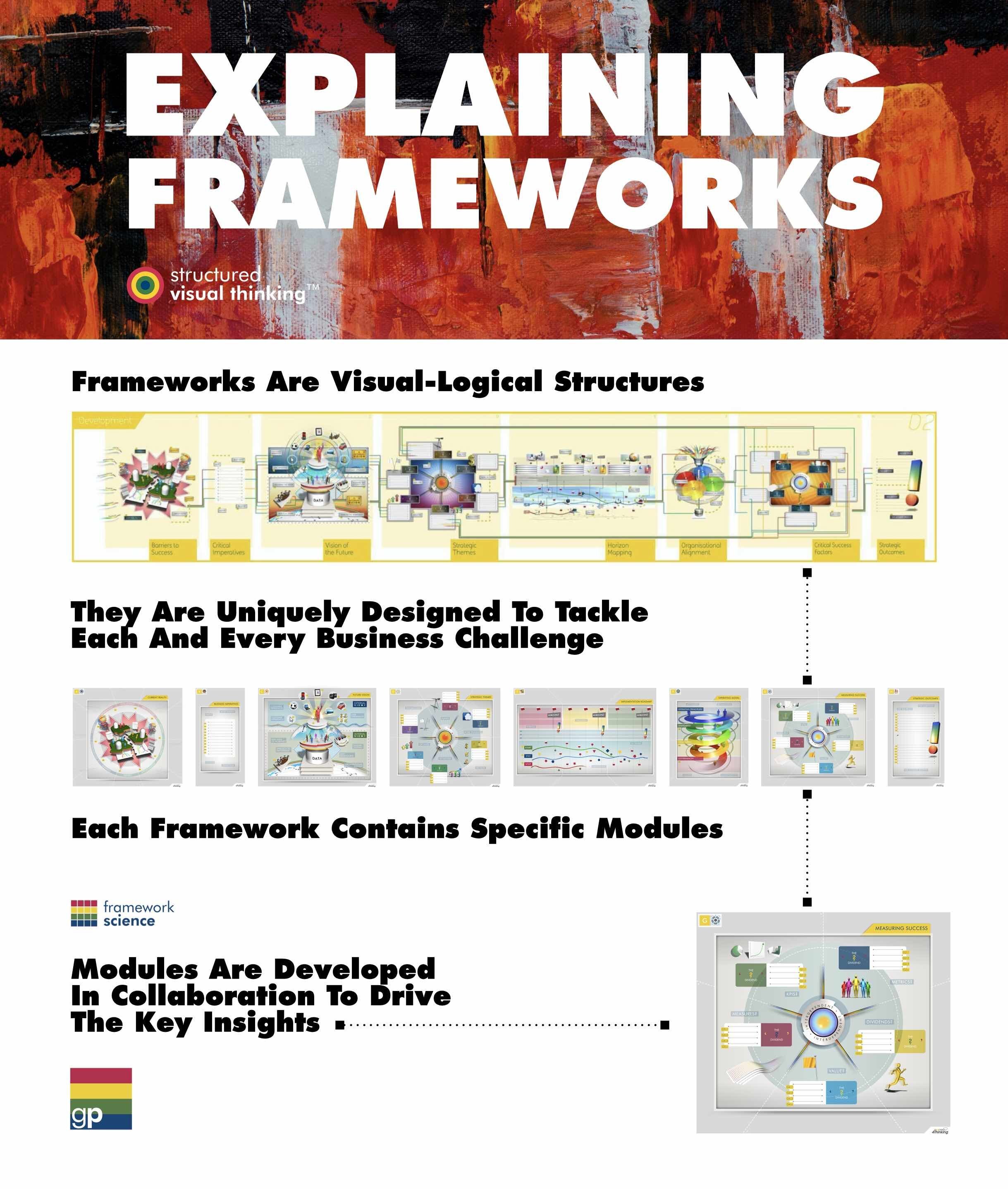EVERY COMPLEX QUESTION HAS A SIMPLE ANSWER
Break It Up
I sometimes get into discussions about this paradox.
“How can you think holistically and systemically and at the same time deal with complex challenges as a human being - in bite sized chunks”
I refer to experts for one answer to this. In this case those qualified to define ‘computational thinking’. This kind of thinking is made up of four main components: decomposition, pattern recognition, abstraction, and algorithmic thinking.
Decomposition is the task of breaking a big problem into smaller, more manageable problems.
Pattern recognition is finding similarities within the problem and among other problems, using what has worked before to help you solve the task at hand.
Abstraction is focusing on only the important details of the problem and ignoring other, lesser important details.
Algorithmic thinking is the ability to develop a step-by-step guide to solving the problem or a set of rules to solve it.
Computational thinking isn’t just the domain of computer scientists and programmers. It’s used by people in all kinds of professions, like doctors, carpenters, teachers, and artists. And now by us when solving strategic challenges.
For me this is at the heart of frameworks. Frameworks are themselves made up from modules. The modules remain inextricably linked but have the appeal of being consumable in our time poor and attention deficit plagued world.



